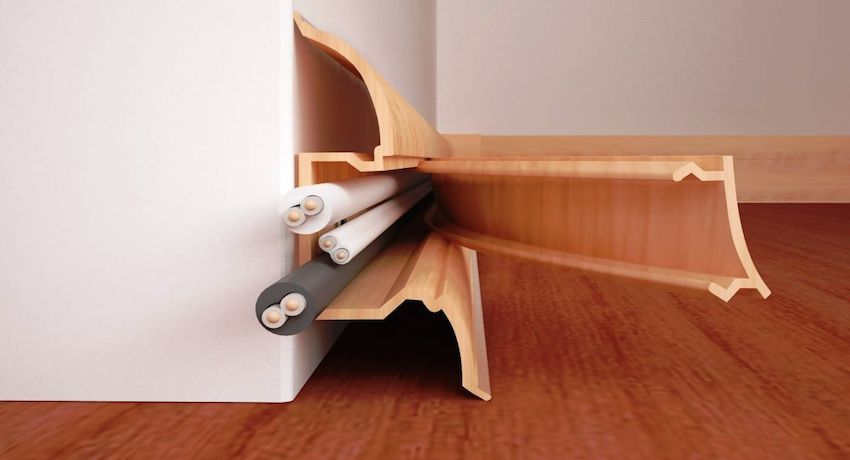Which glue is better for tile? This question is given to everyone who wants to perform the floors and walls in the room with ceramic or tile. Adhesive compositions are made by many manufacturers, besides there is a huge number of varieties that differ in properties and purpose.
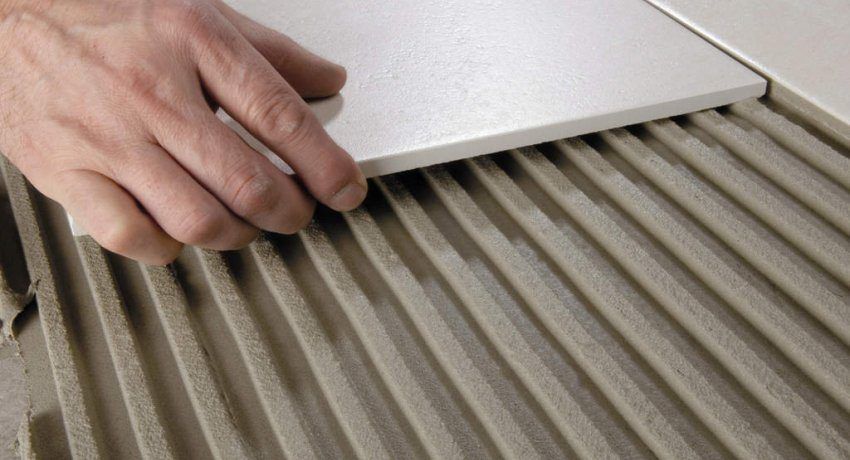
Varieties of adhesives
According to the international classification, five main groups of adhesive compositions can be distinguished:
- for indoor work;
- universal;
- superstrong fixation;
- water repellent;
- for floor tiles.

Glue for indoor use is the cheapest of all existing adhesives. It differs in the lowered content of various binding additives, however, its quality does not suffer from it at all. Its purpose is to glue a standard tile measuring 30×20 cm to capital foundations made of concrete blocks or bricks. Its main disadvantage is the impossibility of using it at high humidity and with temperature drops in a large range.
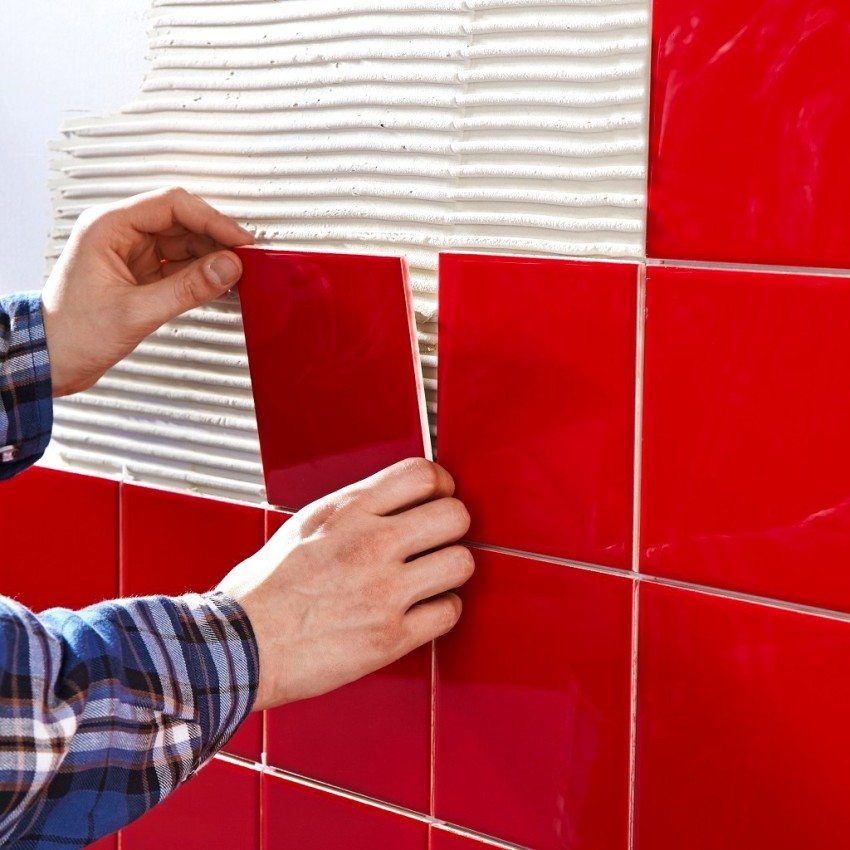
If you ask an experienced master, what kind of tile adhesive is better, he will answer – universal. This type of compositions is used for facing from the street, and for interior work. But it is necessary to make a reservation – it is better not to plant large-sized tiles on it. He can not stand and heavy loads. Universal glue is best used for standard tiles.
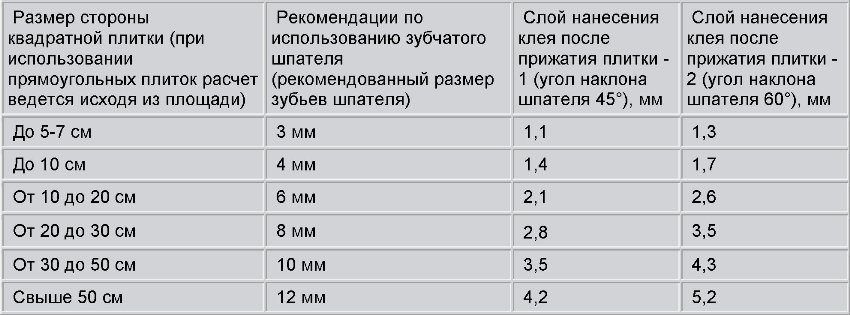
Adhesive with increased fixation is characterized by high adhesive properties and is able to preserve them in any microclimate. It is most often used for finishing walls in any premises where high temperature effects are planned – baths, saunas. It is also used for mounting large-sized tiles or natural stone. This composition is firmly connected with almost any surface.

For bathrooms, the use of waterproof glue would be ideal. It is suitable for finishing the porch or summer terrace. Initially it was developed for the arrangement of fountains, pools. This composition also has superstrong fixation, but special substances have been added to it, which give it water-repellent properties. Sometimes, when finishing wet rooms, glue with increased fixation is used instead, but the grout is produced with a special mixture that repels water.

The main difference of the adhesive mixture, designed specifically for fixing floor tiles, is the presence of a special substance – a plasticizer. It is added in rather large quantities so that the ready-made solution can fill all the existing air gaps. It is impossible to use such a composition for wall decoration with tiles, it will not fully hold and will “float” over time.
Floor tiles for the kitchen: photos and prices of popular types. Technical parameters of the main types. Ceramic, porcelain stoneware and quartz-vinyl flooring. Overview of tile manufacturers.
From the right choice of adhesive mixture depends on the quality of the finish tile or ceramic tile and its durability. To decide which tile adhesive is best, you need to know a few nuances that will help you make the appropriate choice.
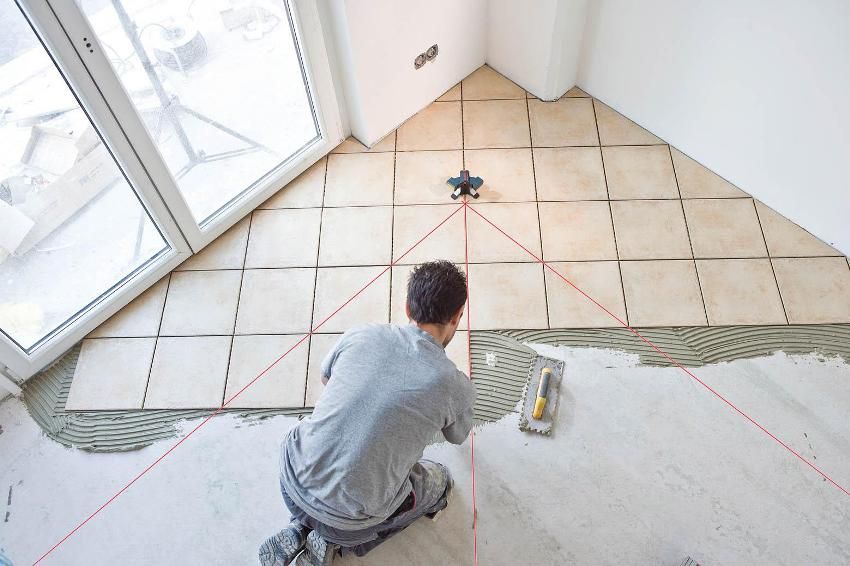
The choice of high-quality adhesive mixture depends on some criteria. There are several nuances that affect the choice of such material:
- Terms of Use. For laying tiles in the kitchen is suitable glue, designed for interior work, as well as universal. In the bathroom it is better to use a mixture having hydrophobic properties. For terraces and porches more suitable as a water-repellent composition, and increased fixation.
- The base material to which the tile is attached. If, for example, the walls or the floor are lined with chipboard, then you should not buy cement-based glue.
- Tile size Large-sized tiles, more than 30×30 cm in size, should be fixed with stronger and higher-quality glue. For the little ones, simple mixtures will do.
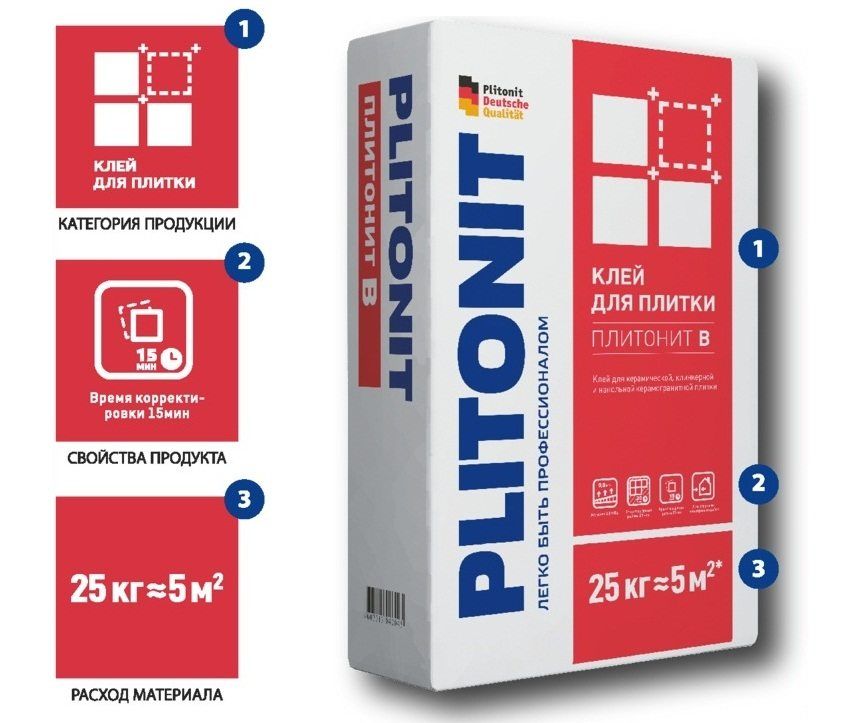
So, what kind of tile adhesive is better, you need to decide on your own, depending on the possible operating conditions and its size. Choosing the right glue, you can not worry that the tile will fall off in a few days.
Helpful advice! If you plan to lay tiles on drywall, OSB-sheets or other materials subject to bending, then you should buy a special adhesive composition.
In addition to the usual adhesive for laying tiles, which has cement in its composition, other types of compositions are used. For ceramics, a dispersion mixture was produced, designed to be mounted on non-standard bases. If the surface is made of plastic, drywall or wood, then other adhesives simply will not cope with the task. With the help of the dispersion composition it is possible to lay tiles on slippery walls without prior grinding and priming. The consumption of such glue is very small, which compensates for its high price.
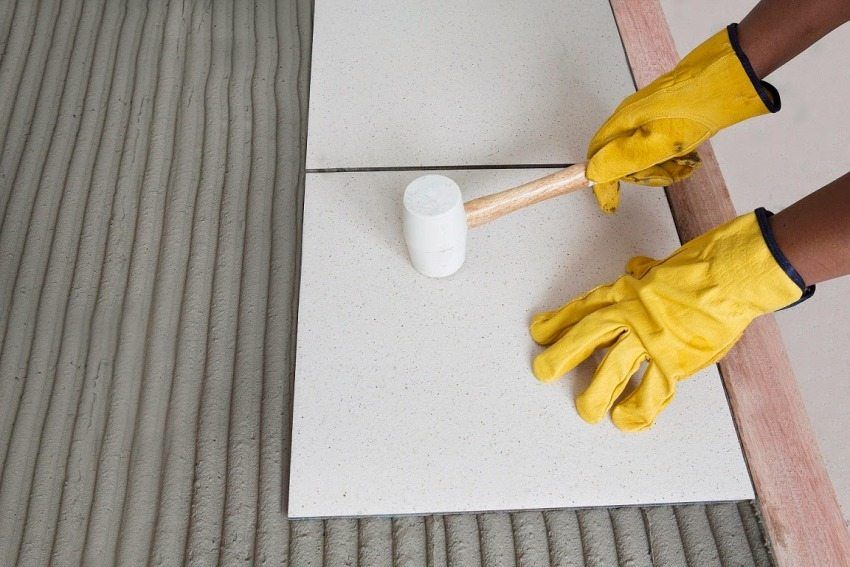
Epoxy adhesives can also be used for tiling. These multicomponent mixtures are mixed with a special catalyst that comes in the kit. It is waterproof, resistant to ultraviolet, alkalis, solvents, acids. It can be used outdoors, in any weather, and in wet areas.
The diluted epoxy glue crystallizes rather quickly, so some dexterity is needed for the work. It is not recommended to dilute the frozen mixture, because of this all its properties disappear.
Helpful advice! If epoxy glue gets on the tile, then it needs to be removed urgently. The frozen drop turns to stone, and then it is almost impossible to erase it.
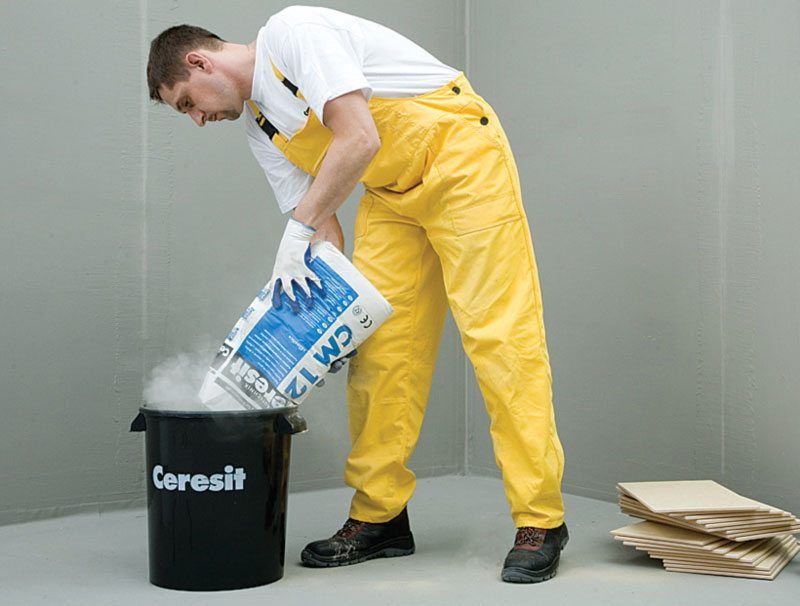
You can decide which tile adhesive is better, based on your capabilities. For the use of special formulations will require some skill or at least a little experience. Special mixes can be used if the work is carried out by an experienced master.
Usually on the glue packaging manufacturer indicates the approximate consumption of the mixture per square meter. This is necessary for preliminary calculation of the amount of material required. However, this figure may change in the process of work, as some factors can affect the consumption of any composition:
- air temperature;
- unprepared surface;
- master’s professionalism;
- tile size and structure;
- used tools.

At higher air temperatures, more rapid evaporation of moisture occurs, and accordingly, the adhesive composition becomes much thicker and the flow rate is greater. If the surface is not prepared before laying the tile, then the mixture will need much more to fill all the irregularities or defects in parallel. A master without proper experience, using inappropriate tools, can spend significantly more glue than necessary.
Before laying the tile base must be carefully prepared. Deep holes hide under a layer of plaster, then the entire surface is primed. In rooms with high humidity, walls and floors are pre-treated with antiseptic and water-repellent compounds.

After that, proceed to the cultivation of glue and laying tiles. The glue mass is applied to the prepared surface with a simple trowel, and then stretched along the surface with a special gear. The area on which the mixture is applied must be such that its lining does not take more than 10-15 minutes.
Helpful advice! For mixing the adhesive solution, it is convenient to use a drill with an additional nozzle-mixer.
Each tile after laying should knock a special rubber hammer. This must be done from the center to the edges. To the seams were the same, it is necessary to additionally purchase special dividers. They are made in the form of crosses, allowing to fix the tile. After laying the glue give a little dry and produce grouting.
